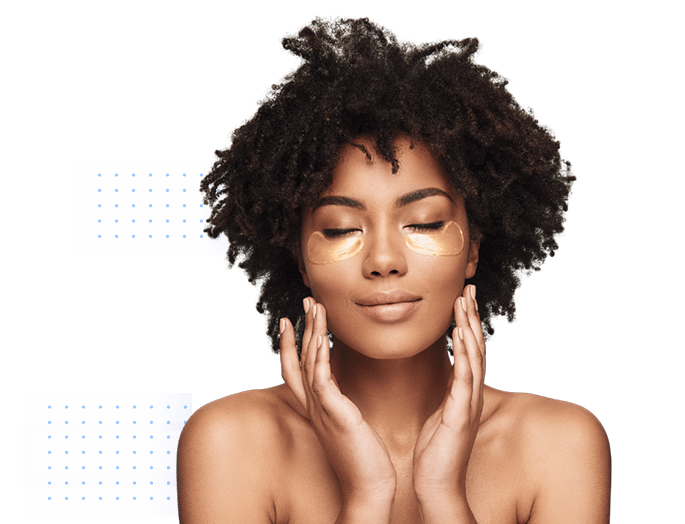The chronic skin condition Rosacea is often called acne rosacea. This is because the rash looks similar to acne. Like acne, it affects parts of the face and sometimes the neck and chest areas. Some cases are mild, others are more severe. When the acne rosacea is allowed to go unchecked, it can lead to complications of the eye, though this is a rare issue. Antibiotics are often used to clear up spots on the face caused by the condition. There are other treatments for the other symptoms associated with rosacea.
Rosacea is a common problem among middle-aged and older adults. According to NIAMS (the National Institute of Arthritis and Musculoskeletal and Skin Diseases) about 14 million people in the US have rosacea. One in ten people in the UK develop it. It is most common in women and people with fair skin. But people of other colors and men may also suffer from acne rosacea.
Rosacea is not always painful, though sometimes it can cause burning sensations. It is also rare for rosacea to lead to complications. But it can’t be denied that the effects are unsightly and can cause great distress to the sufferer.
Knowing how to differentiate acne Rosacea from acne, its causes, and some home remedies can help to correctly diagnose and manage the condition.
Acne rosacea most commonly affects the face the forehead, cheeks, and nose but it may spread to the chest, ears, and neck as well in some cases. Know how to identify the general symptoms of the condition. Note that not all of them may show up at the same time. Many of the symptoms are associated with a specific type of acne Rosacea.
Flushing or blushing of the face often is a common symptom of rosacea. People who have acne rosacea may not know it for years, because flushing may be the only symptom that shows up before any other. This flushing may also be accompanied with slight swelling and a burning feeling. Women in menopause are particularly susceptible to rosacea.
Acne rosacea may lead to small red bumps or spots on your face. These lumpy spots are called papules. The papules may become painful later on. You may also develop small cysts or pimples that are called pustules. These pimples are generally filled with pus. These bumps and pimples are what make Rosacea look like acne, and give it the name acne Rosacea. They may come and go from time to time. If they are not treated in some cases, they can persist for a long time.
This condition is so frustrating for our clients. We carry the Rhonda Allison line and she has over 20 protocols that can have really helped our clients dealing with this condition. Don’t be frustrated or try to self diagnose or medicate. Make a skin consultation with one of our master estheticians to find out what treatment is right for you. Acne Rosacea and acne in general can be cleared up with the right products and home care regimen.
Visit us at www.allureskincareandlash.com or call 720-550-7953 for more information and to book your appointment today to treat your Acne Rosacea. Our licensed healthcare professional You will not be disappointed with your results. We have an eye for your individualized treatment needs and can visualize the end results you are looking for.
